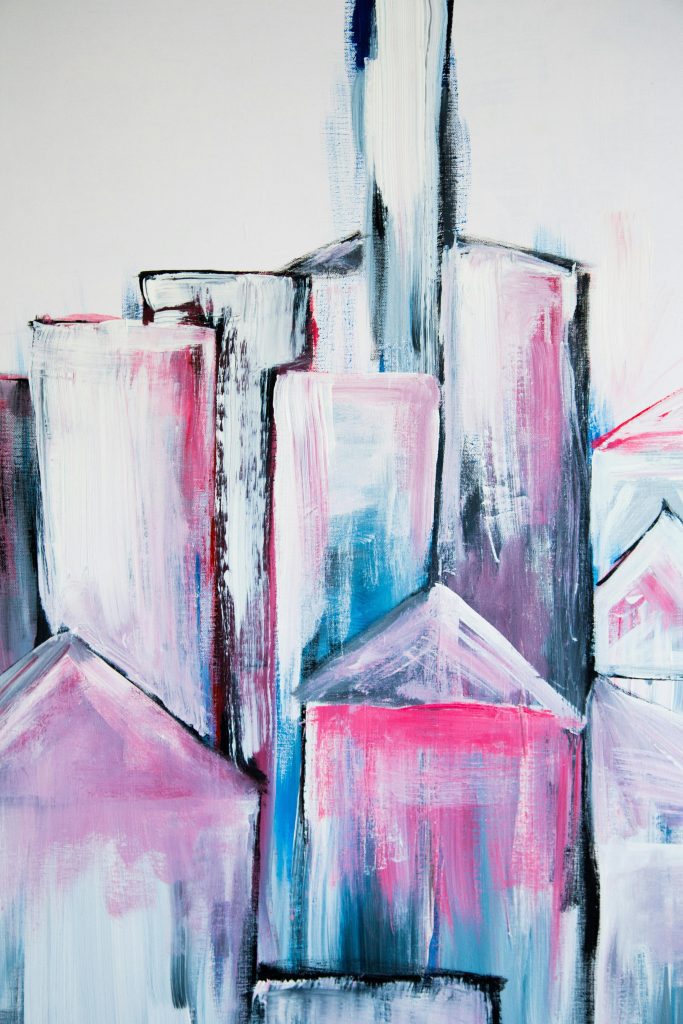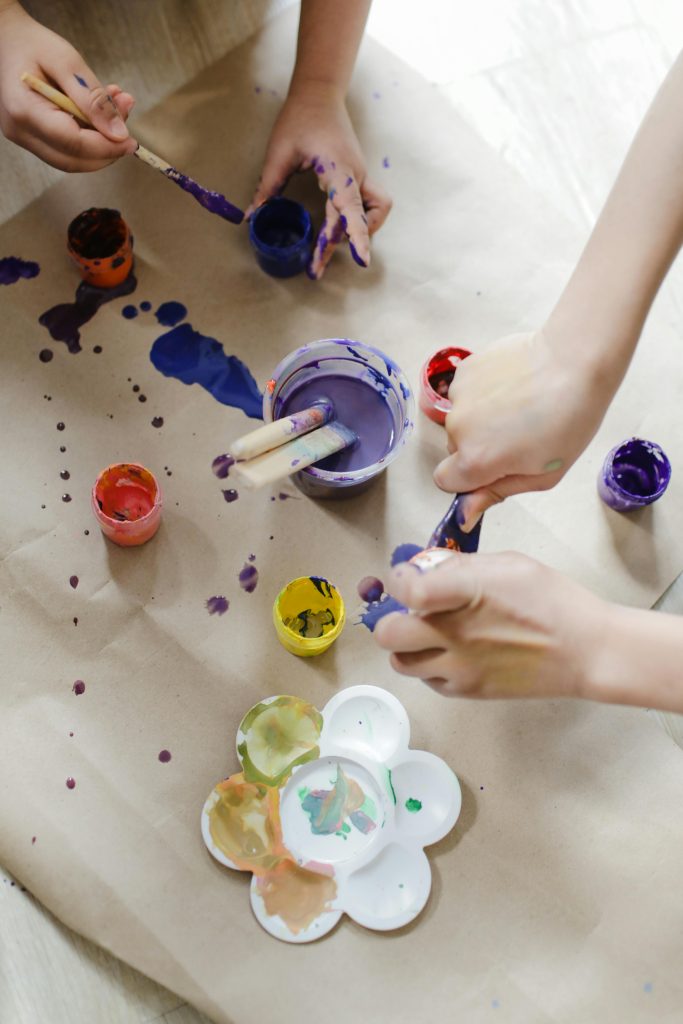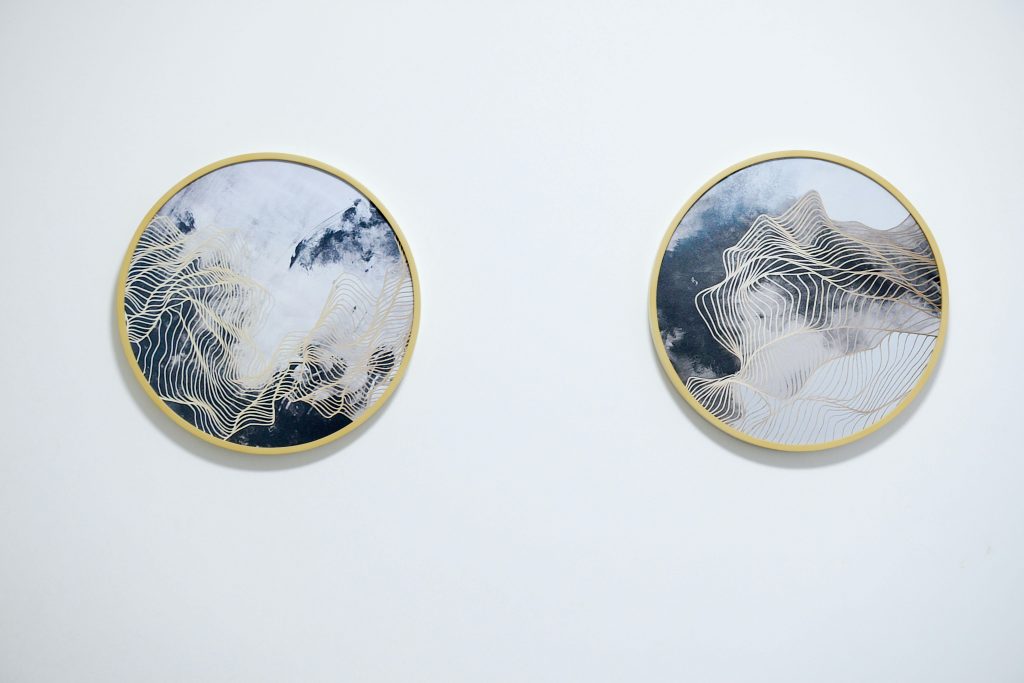Is It Really Necessary To Add Videos to Your Art Portfolio?

Think about the last time you flipped through someone’s art portfolio online. Did you quickly scroll through the images and then move on? That’s exactly what happens to most portfolios today. A flat set of images is fine, but in a world where we’re constantly consuming video and dynamic media, static photos often fall short. They don’t capture the story, the energy, or the magic behind the work.
If you’ve ever thought, “My art looks so much better in person,” you already know the frustration. Photographs can’t always show texture, scale, or movement. An oil painting’s shimmer under light, a sculpture’s shadow play, or the rhythm of brushstrokes on a canvas all get lost. That’s why more and more artists are waking up to the fact that portfolios need to feel alive.
And here’s the thing, jurors, curators, and even potential buyers are human. They’re used to TikToks, Instagram reels, and behind-the-scenes YouTube videos. They expect interaction, not just a gallery of images. When your portfolio doesn’t meet that level of engagement, it can feel flat compared to others.
This isn’t about chasing trends or being flashy. It’s about meeting people where they are and giving them a way to feel connected to your work. Imagine someone watching you shape clay on the wheel or seeing a 30-second clip of you layering colors on a large canvas. That tiny glimpse tells a bigger story than five still images ever could.
So if you’ve been thinking your portfolio feels a bit too traditional, you’re probably right. The good news is that you don’t have to throw everything away. You just need to bring in tools that reflect the way people experience art today.
Interactive portfolios aren’t about reinventing the wheel. They’re about opening the door wider so people can step into your process, not just peek at the final product. And trust me, once you start, you’ll never want to go back to static-only presentations.
Why Video Clips Make Your Work Unforgettable
Now, let’s talk video. Don’t panic, I’m not suggesting you suddenly become a filmmaker. We’re talking short, simple clips that reveal the heartbeat of your work. Have you ever noticed how a 15-second video of someone mixing colors or hanging an exhibition draws you in instantly? That’s exactly what video can do for your portfolio.
Unlike photos, video gives context. A flat photo of a textile piece doesn’t show the way it ripples when touched. A painting hung in a studio looks entirely different under natural light. Video bridges that gap. It turns “just looking” into an actual experience. When jurors or curators see that, it sets your work apart.
Think about the art world today. Collectors often buy pieces without ever seeing them in person first. Galleries shortlist artists from online submissions. Residency directors look at digital portfolios before inviting someone. In each of these scenarios, video gives you an edge. It makes them pause, watch, and remember you.
And you don’t need fancy gear to make it work. Your smartphone is enough. A clip of you sketching, priming a canvas, or even packing artwork for shipping can spark curiosity. It’s not about being polished; it’s about being real. Viewers connect with authenticity more than perfection.
Imagine this: two artists apply for the same residency. One submits polished photos. The other adds a short video showing the evolution of their piece from sketch to finished work. Who do you think the panel is more likely to remember?
When you use video, you’re giving people a reason to stop scrolling. And in a world of constant digital noise, that’s the biggest win you can get.
Process Documentation Builds Trust
Let’s be honest, people love a good behind-the-scenes peek. Think about cooking shows, DIY videos, or even home makeovers. Half the fun is seeing how the magic happens. Art is no different. Showing your process can make your work feel more relatable, approachable, and trustworthy.
If you’re worried that documenting your process might “give away too much,” here’s the truth: it actually does the opposite. Instead of making your work feel easy, it shows the dedication, patience, and craft behind each piece. Someone watching you carve, stitch, or layer paint gains a deeper respect for your final product.
This is especially powerful for women artists who often have to fight extra hard for recognition. Process documentation proves skill in a way a finished piece can’t always convey. It tells decision-makers, “This isn’t just talent, it’s work, and I can show you the journey.” That kind of transparency builds credibility.
Think of it like storytelling. A film is powerful because you see the journey of the characters, not just the ending. Your portfolio can work the same way. The process clips become chapters that make the final piece more meaningful.
Imagine a juror flipping through two sculpture portfolios. One shows only polished finished pieces. The other includes a few videos of clay being molded, tools in use, and the sculpture being installed. Which artist feels more human, more connected, and more memorable?
Process documentation is like pulling back the curtain just enough to let viewers feel included. And when people feel included, they’re more likely to support, invest, and champion your work.
Connecting with Viewers on an Emotional Level
Here’s something every artist knows deep down: art is emotional. But here’s the challenge, how do you make sure someone sitting behind a laptop miles away feels the same spark you felt creating it? That’s where interactive elements like video and process documentation become your secret weapon.
When viewers watch you layering brushstrokes, they don’t just see technique, they feel rhythm. When they see you pause, hesitate, or even make mistakes, they recognize the human side of art. And humans connect with other humans far more than they connect with perfect pictures.
Think about the way people binge-watch reality shows or vlogs. It’s not about polished moments, it’s about relatability. A video clip of you arranging materials on your studio table can strike a chord with someone who also loves organizing creative spaces. A process clip of you reworking a piece after it “failed” might resonate with a juror who values resilience.
The emotional hook is what makes your portfolio unforgettable. People rarely remember statistics, but they always remember how something made them feel. If your portfolio can spark emotion, it instantly becomes more than just a collection of work, it becomes an experience.
And here’s the bonus: emotion drives action. A curator who feels emotionally connected is more likely to invite you to exhibit. A collector who connects with your process is more likely to buy. A juror who resonates with your struggle is more likely to advocate for you.
So instead of worrying that showing your process might be “too raw,” embrace it. Rawness is where connection happens. And connection is what turns viewers into supporters.

Making Your Portfolio Accessible Anywhere
Now let’s talk about accessibility. The truth is, people will look at your portfolio on all sorts of devices. Some will be on big desktop screens, others on tiny phones while riding the subway. If your portfolio isn’t responsive and easy to view, you risk losing their attention in seconds.
This is where video and process documentation can shine. A well-placed short clip or GIF can break up heavy text or long galleries of images, keeping viewers engaged. It also ensures that no matter the device, they get a feel for your work in action.
But here’s the catch: you need to think like your audience. Ask yourself, “If someone only has two minutes on their phone, what do I want them to see first?” A video might tell your story faster than a series of high-resolution images that take too long to load.
Accessibility isn’t just about tech, though. It’s also about understanding attention spans. We live in a swipe culture. People rarely spend more than a few seconds on something unless it hooks them. By weaving in interactive moments, you give them a reason to stick around.
Imagine a juror reviewing 200 portfolios late at night on a tablet. Most are static slideshows of images. Then they come across yours, with a short clip that auto-plays silently showing you painting a massive mural. Which one do you think perks them up?
So don’t think of interactivity as just an add-on. Think of it as your way of saying, “Wherever you are, however you’re viewing, I’ve made sure you can truly see me and my work.”
Overcoming the “Tech Fear” as an Artist
Now, I can already hear you saying, “But I’m not a tech person. How am I supposed to create videos or interactive portfolios?” Don’t worry, you’re not alone. Most artists didn’t go to school to learn video editing or web design. But here’s the exciting part, you don’t need to.
Your phone camera is more powerful than film equipment from 20 years ago. Free editing apps like CapCut or iMovie can help you cut clips in minutes. Uploading to a portfolio site or Women in Arts Network is often as easy as dragging and dropping. The barrier is lower than ever.
The bigger hurdle isn’t tech, it’s mindset. Many artists fear that adding video will take too much time or look unprofessional. But remember, authenticity beats polish every time. Even a shaky clip of you mixing colors feels more genuine than a staged studio shoot.
If you’ve ever uploaded a story on Instagram, you’ve already made a portfolio-worthy clip. The difference is simply intention. Instead of letting those clips vanish after 24 hours, think about which ones deserve a permanent place in your portfolio.
And here’s another tip: you don’t have to do it alone. Many networks, like Women in Arts Network, encourage artists to share process clips and even provide guidance on how to do it. By joining, you not only overcome the tech fear but also find a supportive community that cheers you on.
So don’t let “I’m not techy” stop you. You already have the tools, the eye, and the creativity. All that’s left is giving yourself permission to use them.
Building Trust Through Transparency
Have you ever noticed how people lean in closer when you’re honest about the struggles behind a win? The same goes for your portfolio. When you include videos of your process, not just the polished results, you’re showing that you’re a real person, not a mystery machine. Imagine a curator watching you wrestle with materials or pause to rethink a stroke. That transparency builds trust instantly, because they see your humanity and persistence, not just the shiny finale.
Collectors and jurors often want reassurance that you’re consistent, not a one-hit wonder. By sharing process clips, you’re saying, “Look, I’ve built this skill step by step, and I can deliver again.” It’s like showing the recipe, not just the cake. They understand the labor and care behind what they’re potentially investing in, which makes their decision easier. A static photo might be beautiful, but it doesn’t prove resilience or adaptability the way process documentation does.
Transparency also deepens emotional connection. Think about the last time you watched a documentary of an artist you admire. Seeing their mistakes, corrections, and little victories probably made you like them even more. Your interactive portfolio works the same way. People root for you when they feel part of the journey. Instead of just being wowed by your final piece, they feel proud of how you got there. That shift from admiration to emotional investment is powerful.
Women artists in particular often face the stereotype of being “naturally talented” rather than hardworking professionals. By showing your methods, you’re busting that myth wide open. You’re highlighting the hours, the research, and the problem-solving that go into every artwork. It reframes your portfolio from “lucky talent” to “serious professional.” And believe me, that kind of narrative sticks with jurors and funders when they have to choose between applicants.
Think of a portfolio where the artist included clips of failed experiments that led to their final piece. Instead of weakening their case, it made their voice more authentic. The committee didn’t see mistakes, they saw dedication. That artist stood out because while everyone else polished their image to perfection, she made them feel part of something honest. That’s what trust looks like in action.
So next time you’re hesitating about showing the messy middle, ask yourself: Would you trust someone who only ever showed you their highlight reel? Or would you connect more deeply with someone who let you see the sweat, doubt, and persistence that made the final moment possible? The answer is always the second, and your portfolio can deliver that.
Engaging Younger Audiences
Let’s face it, younger audiences don’t scroll through galleries of static images the way older generations might. They’re used to TikTok, Instagram Reels, and short, punchy video content. If you want your portfolio to resonate with them, video clips and process snippets are your secret weapon. Instead of competing for their attention, meet them where they already are: craving stories, energy, and a sense of “being there.”
Think of a 20-year-old art student who stumbles across your portfolio. They’re probably not going to linger on a slideshow of paintings. But if they see a one-minute video of you mixing colors, talking about your inspiration, or hanging your work in a studio, they’re hooked. You’ve given them something relatable and dynamic. It feels more alive, and it mirrors the way they already consume content daily.
The beauty here is that younger audiences are future collectors, curators, and supporters. Building rapport with them early means you’re cultivating long-term relationships. An artist who uses video documentation isn’t just showcasing their work, they’re speaking the language of a new generation. That’s a powerful edge, especially when other artists are still stuck with flat, outdated portfolios.
For women in arts, this is an even bigger opportunity. Younger audiences are often more open to supporting diverse voices and fresh perspectives. If you show them your process through video, you’re not only presenting your work, you’re sparking conversations about representation, creativity, and resilience. You’re planting seeds of influence that will grow as they rise into leadership roles in the art world.
Imagine your interactive portfolio being shared in a classroom or on social media because a student found it inspiring. Suddenly, you’re not just an artist with a portfolio, you’re part of a larger cultural dialogue. Younger audiences love to share content that feels authentic and creative. Videos of your process naturally lend themselves to that kind of viral potential.
So, instead of thinking, “Will this impress a committee?” also ask, “Will this excite someone scrolling on their phone?” If the answer is yes, you’re setting yourself up for broader impact. Interactive portfolios don’t just engage, they multiply your reach across generations.
Making Curators Stay Longer Is Key
Curators are busy. They have piles of applications, dozens of websites, and countless portfolios to skim. So how do you make them pause on yours? The answer is interactivity. A video clip of you stretching a canvas or layering textures interrupts the monotony of still images. It makes them slow down, because now they’re not just glancing at a flat picture, they’re experiencing a moment.
Think about it: if a curator sees ten static portfolios in a row, by the time they reach yours, fatigue has set in. But if your portfolio invites them to press play and see something unfolding, they perk up. It’s a change of pace, a breath of fresh air. You’ve made their job less tedious, and that alone puts you ahead of others.
Once you’ve captured their attention, video documentation keeps them there. A curator who might have spent thirty seconds scrolling your images could now spend five minutes watching your process clips. That extra time means your work lingers in their mind longer. When they’re deciding later who to invite or shortlist, the artist they remember is the one who broke the pattern.
Women artists especially benefit from this strategy because visibility has historically been harder to secure. By making your portfolio more immersive, you’re not just fighting for equal attention, you’re demanding it. You’re creating an experience curators can’t just skim over. That shift from “glance and move on” to “pause and watch” makes a huge difference in competitive selections.
I’ve heard stories of curators who admitted they weren’t initially drawn to an artist’s final piece, but after watching a short process clip, they became invested. The movement, the decisions, the personality behind the work made them rethink their first impression. Without that interactive element, the artist might have been dismissed. With it, they won an exhibition spot.
So when you’re setting up your portfolio, ask yourself: Am I giving curators reasons to stay, or am I making it easy for them to click away? Every second you extend their attention is another chance to land on their shortlist.

Documenting the Story Behind the Art
Every artwork has a story, but here’s the thing: most viewers won’t guess it from looking alone. A painting of a stormy sea might symbolize resilience, but without context, someone might just think, “Nice waves.” This is where video and process documentation shine. They let you tell the story behind the art, in your voice, with your perspective. Suddenly, the piece transforms from decoration into narrative.
For example, imagine you sculpt from recycled materials. A photo shows the finished sculpture, but a video shows you collecting discarded objects, cleaning them, shaping them, and finally assembling the piece. Now your audience doesn’t just see a sculpture, they see an environmental statement, a commitment to sustainability, and a journey of transformation. That story is what sticks in their mind.
Collectors often want to feel connected to the work they buy. When you provide documentation, you’re giving them an anchor to retell your story. Instead of saying, “I bought a painting,” they can say, “I bought a painting from an artist who spent months experimenting with colors inspired by her grandmother’s garden.” That depth makes your work more memorable and more valuable.
Women artists, in particular, can use this strategy to highlight themes of identity, resilience, and cultural heritage. A static image might not communicate those layers clearly, but a short video clip where you explain or show the inspiration does. It reframes your portfolio as more than just a visual collection. It becomes a storytelling medium, rich with meaning.
Think of famous works of art. The Mona Lisa isn’t just a portrait; it’s wrapped in layers of mystery and speculation about Leonardo’s process. Your portfolio can create that same intrigue on a smaller scale. By letting people peek into your story, you give them more to hold on to, more to remember.
So the next time you prepare your portfolio, don’t just upload the final result. Ask yourself: What story brought me here, and how can I show that through clips or notes? That story could be the deciding factor that sets you apart.
Standing Out in Competitive Applications
Let’s be honest, the competition for residencies, grants, and exhibitions is fierce. Everyone submits beautiful images, everyone highlights their best work, and everyone follows the same guidelines. So how do you stand out in a sea of excellence? Interactive portfolios give you that edge. They add a dynamic element that many applicants still overlook.
Picture a juror scrolling through hundreds of still images. They’re exhausted, they’ve seen a hundred portraits and installations, and then they come across your portfolio. Instead of another static slide, they see a video of you testing lighting or experimenting with scale. That interruption resets their focus. Suddenly, you’re not just another applicant, you’re the one who made them stop and watch.
In competitive contexts, even small differences matter. A portfolio that engages jurors longer is a portfolio that earns more discussion time in the decision room. If they remember you, they’ll bring your name up when others fade into the blur. That memory boost is a huge advantage, and it comes directly from interactivity.
Women artists applying to competitive calls especially benefit from this approach, because representation gaps still exist. By showcasing not just the final product but the craft and labor behind it, you’re giving jurors more reasons to value your contribution. You’re not just saying, “Here’s my work,” you’re saying, “Here’s why it matters, and here’s how I do it.”
I once spoke to an artist who applied to the same residency two years in a row. The first time, she submitted only images. She was rejected. The second time, she included a short video documenting her installation process. Same residency, same jurors, but this time she got in. Why? Because her portfolio felt alive, not just impressive.
So when you’re preparing applications, ask yourself: What can I add that others won’t? A little video documentation might be the differentiator that carries you across the finish line.
Turning Portfolios into Experiences
At the end of the day, your portfolio isn’t just a folder of images, it’s an experience you’re offering to anyone who views it. Video clips and process documentation transform that experience from static observation into active engagement. They make people linger, feel connected, and remember you. Isn’t that what every artist wants from their portfolio?
Think of it this way: would you rather attend a concert where the band only plays recordings, or one where you see them live, sweating under the lights, interacting with the crowd? Your portfolio works the same way. The “live” energy of your process makes your art more compelling than polished photos alone ever could.
Women in the arts Network can especially harness this approach to break barriers. Too often, women’s work is flattened into simple visuals, stripped of the context that makes it powerful. By using interactive portfolios, you reclaim control over your narrative. You show not just the outcome, but the intelligence, effort, and creativity behind it.
Every example we’ve explored proves one thing: interactivity creates connection. Whether it’s curators staying longer, younger audiences sharing your clips, or jurors remembering your name, those small sparks of engagement add up. They turn your portfolio from something people skim into something they experience.
The question now is: are you ready to give your viewers that experience? Are you ready to make them lean in, stay longer, and walk away with your story on their lips? If so, your next step is simple. Start recording. Start documenting. Start transforming your portfolio into something unforgettable.
Because in today’s art world, it’s not just about what you show. It’s about how you make people feel while they’re looking. And interactive portfolios make them feel something real.
